In an era dominated by mass production and fleeting trends, a quiet but powerful resurgence is taking place in the world of jewelry: the revival of antique designs. These pieces, often crafted over a century ago, are capturing the hearts of modern consumers, collectors, and fashion enthusiasts alike. The allure lies not just in their aesthetic appeal but in the stories they carry, the craftsmanship they embody, and the sustainable values they represent. As society grapples with the environmental and ethical implications of fast fashion, antique jewelry offers a timeless alternative that merges beauty with meaning.
The renewed interest in antique jewelry is partly a reaction to the homogenization of contemporary design. In a market flooded with identical, machine-made items, vintage pieces stand out for their uniqueness and individuality. Each item is a testament to the skill and artistry of its maker, often featuring intricate details that are rarely seen in today's jewelry. Hand-engraving, filigree work, and the use of rare gemstones cut by hand are hallmarks of these treasures, offering a level of detail and personality that modern production methods struggle to replicate. This craftsmanship speaks to a growing desire for authenticity in a world where so much feels manufactured and disposable.
Beyond aesthetics, antique jewelry is deeply intertwined with the storytelling that defines human culture. These pieces are not merely accessories; they are artifacts that have witnessed history unfold. A Victorian mourning brooch might whisper tales of love and loss, while an Art Deco ring could evoke the glamour and innovation of the Roaring Twenties. Owning and wearing such jewelry allows individuals to connect with the past in a tangible way, creating a sense of continuity and heritage. In an age of digital saturation, this physical link to history provides a grounding experience, reminding wearers of the enduring nature of beauty and emotion across generations.
Sustainability is another driving force behind this revival. As consumers become more conscious of their environmental footprint, the appeal of recycling and repurposing old jewelry has grown significantly. Antique pieces are the ultimate form of sustainable fashion: they require no new resources to produce and often come with a lower carbon footprint than newly mined and manufactured items. By choosing vintage, wearers make a statement against the wastefulness of fast fashion, embracing a circular economy where beauty is preserved and cherished rather than discarded. This ethical dimension adds depth to the aesthetic pleasure, making antique jewelry a choice that aligns with modern values.
The influence of popular culture cannot be overlooked in this trend. Period dramas, films, and television series set in historical eras have glamorized the styles of the past, sparking interest in the jewelry that adorned characters from bygone times. Shows like Downton Abbey and The Crown have not only entertained audiences but also educated them about the elegance and sophistication of antique designs. This exposure has demystified vintage jewelry, making it accessible and desirable to a broader audience. Additionally, celebrities and influencers often showcase antique pieces on red carpets and social media, further cementing their status as fashionable and covetable items.
Investment potential also plays a role in the popularity of antique jewelry. Unlike many contemporary pieces that depreciate quickly, well-preserved vintage items often appreciate in value over time. Rarity, historical significance, and craftsmanship contribute to their worth, making them attractive to collectors and investors. In uncertain economic times, tangible assets like antique jewelry offer a sense of security and lasting value. This financial aspect appeals to those looking to make purchases that are not only beautiful but also wise long-term investments, blending passion with practicality.
Technological advancements have made it easier than ever to access and authenticate antique jewelry. Online marketplaces, specialized auctions, and digital archives allow enthusiasts to explore and acquire pieces from around the world without leaving their homes. High-resolution imaging and detailed descriptions provide transparency, while certification from reputable organizations ensures authenticity. This accessibility has democratized the market, enabling a wider range of people to participate in the revival. Social media platforms, particularly Instagram and Pinterest, serve as virtual galleries where trends are set, and communities of like-minded individuals share their passion and knowledge.
The emotional resonance of antique jewelry cannot be overstated. In a fast-paced world, these pieces offer a moment of reflection and connection. They serve as heirlooms, passed down through generations, carrying with them the memories and emotions of previous owners. Gifting or inheriting such an item is often deeply sentimental, symbolizing continuity, love, and legacy. This emotional weight transforms jewelry from mere decoration into a cherished part of one's identity and family history, making it irreplaceable in a way that new items seldom are.
Looking ahead, the trend shows no signs of slowing down. As younger generations, particularly Millennials and Gen Z, embrace vintage and sustainable lifestyles, antique jewelry is poised to remain relevant. Its ability to adapt—whether through redesigning old pieces to suit contemporary tastes or integrating them into modern wardrobes—ensures its longevity. The revival is not about replicating the past but about reinterpreting it for the present, creating a dialogue between eras that enriches both. In doing so, antique jewelry continues to inspire, delight, and endure, proving that true beauty is timeless.
Ultimately, the resurgence of antique jewelry is a multifaceted phenomenon rooted in a longing for authenticity, sustainability, and connection. It reflects a broader cultural shift towards valuing quality over quantity, story over status, and heritage over novelty. As we navigate the complexities of the modern world, these century-old designs offer a beacon of elegance, craftsmanship, and meaning, reminding us that some things only grow more beautiful with time.
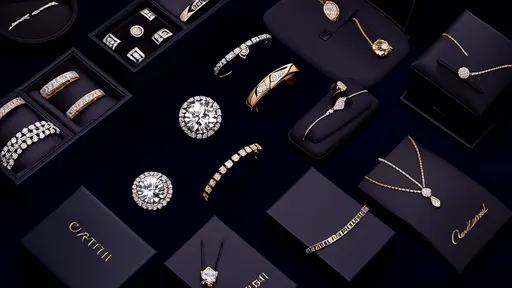
By /Sep 17, 2025
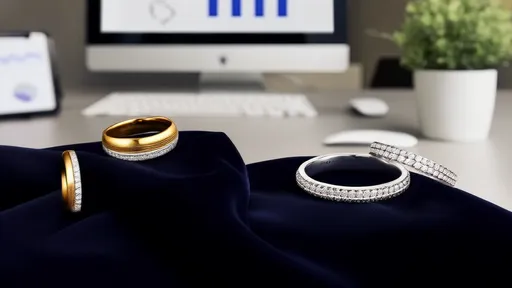
By /Sep 17, 2025

By /Sep 17, 2025
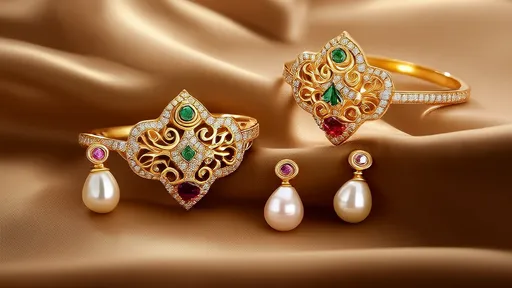
By /Sep 17, 2025

By /Sep 17, 2025

By /Sep 17, 2025
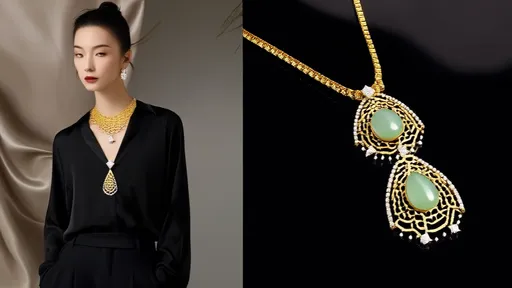
By /Sep 17, 2025
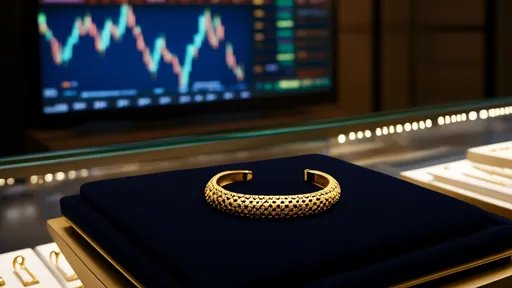
By /Sep 17, 2025
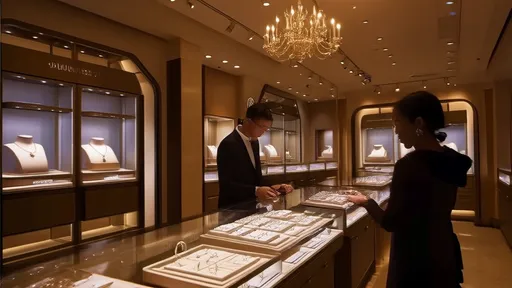
By /Sep 17, 2025
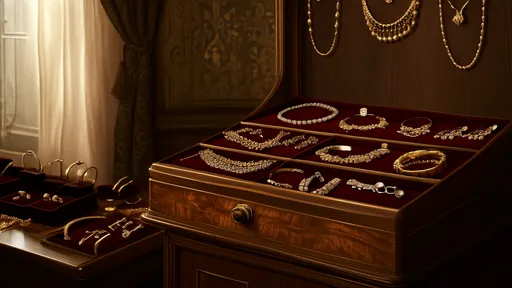
By /Sep 17, 2025
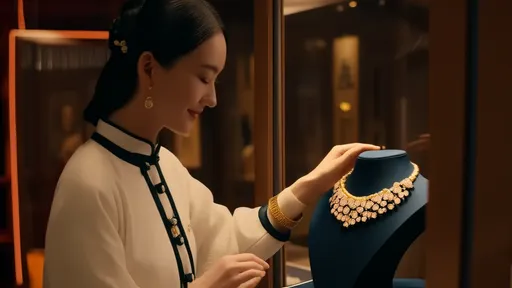
By /Sep 17, 2025
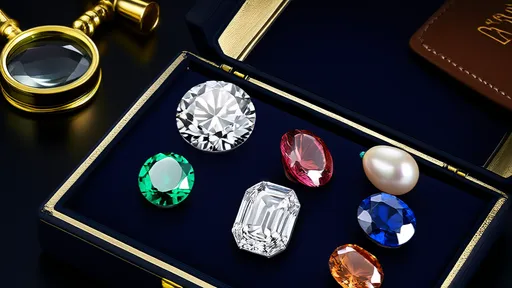
By /Sep 17, 2025
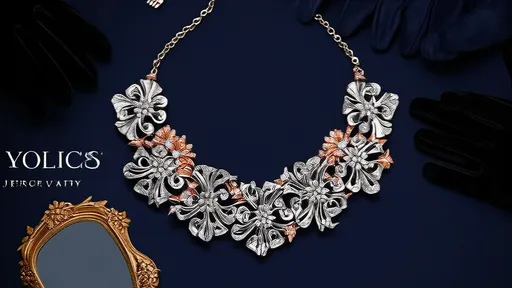
By /Sep 17, 2025
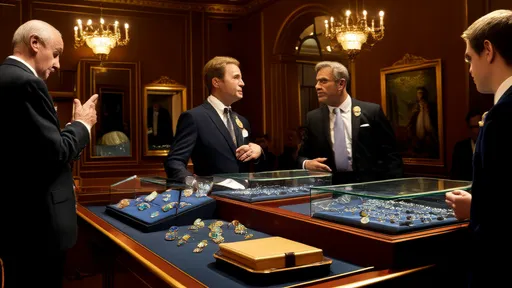
By /Sep 17, 2025
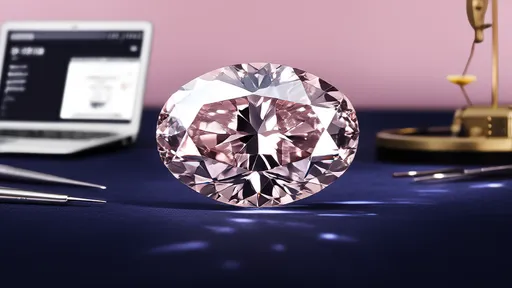
By /Sep 17, 2025
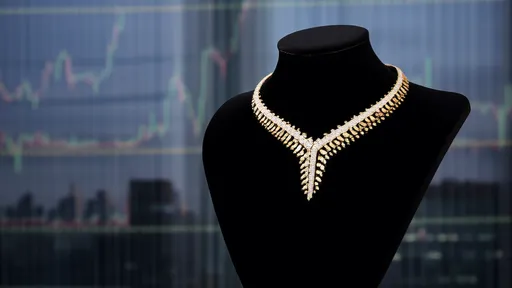
By /Sep 17, 2025
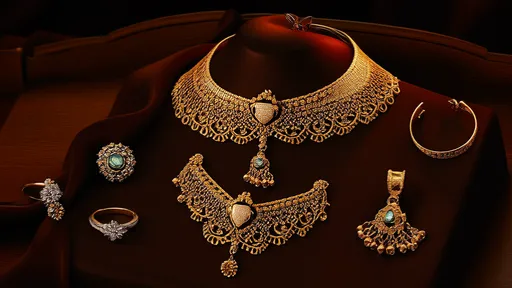
By /Sep 17, 2025
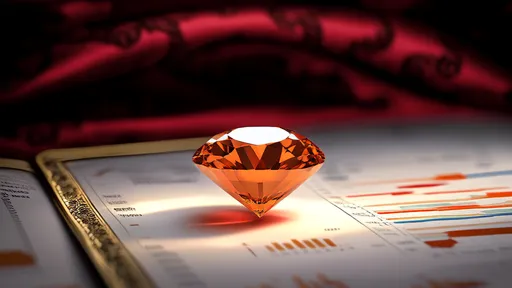
By /Sep 17, 2025
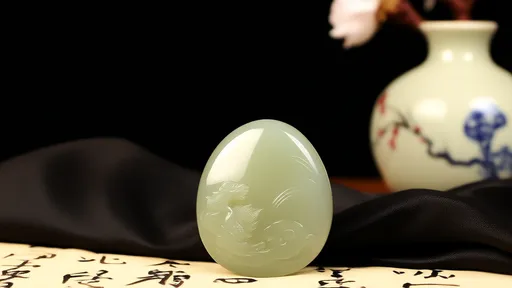
By /Sep 17, 2025
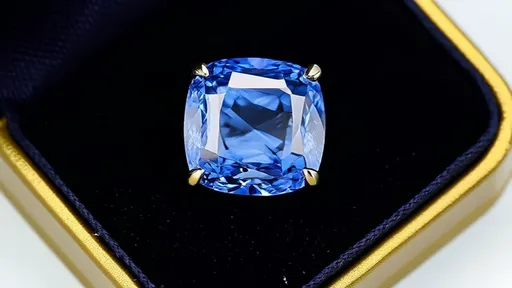
By /Sep 17, 2025